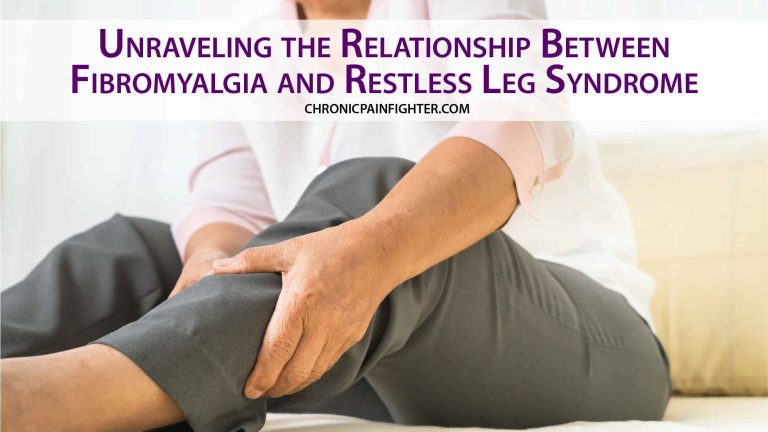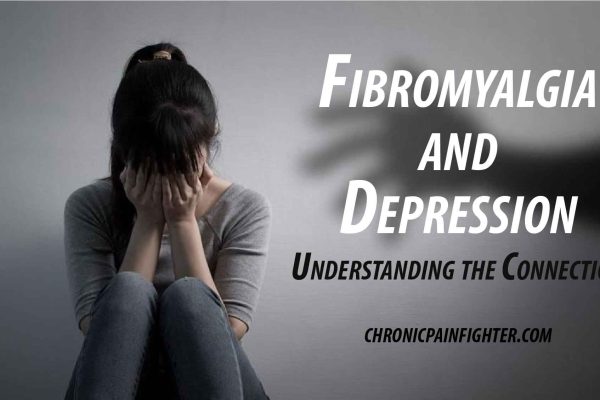Fibromyalgia and Restless Leg Syndrome (RLS) are two distinct but often interconnected chronic conditions that can significantly impact an individual’s quality of life. While fibromyalgia is characterized by widespread musculoskeletal pain, fatigue, and cognitive dysfunction, RLS is a neurological disorder marked by uncomfortable sensations in the legs and an irresistible urge to move them. Despite their different symptom profiles, there is growing evidence to suggest a potential relationship between fibromyalgia and RLS, which warrants further exploration and understanding. In this article, we delve into the intricacies of these two conditions, the possible links between them, and strategies for managing their co-occurrence.
Understanding Fibromyalgia
Fibromyalgia is a complex chronic pain condition characterized by widespread musculoskeletal pain, tenderness, fatigue, and cognitive difficulties. It is estimated to affect millions of people worldwide, with a higher prevalence among women. The exact cause of fibromyalgia remains unclear, but factors such as genetics, hormonal imbalances, neurotransmitter dysregulation, and central nervous system sensitization are believed to play a role in its development.
Exploring Restless Leg Syndrome
Restless Leg Syndrome (RLS), also known as Willis-Ekbom Disease, is a neurological disorder that presents with uncomfortable sensations in the legs, often described as creeping, crawling, tingling, or burning, accompanied by an irresistible urge to move the legs. Symptoms typically worsen during periods of rest or inactivity, leading to disrupted sleep and impaired quality of life for individuals with RLS.
The Potential Connection Between Fibromyalgia and RLS
While fibromyalgia and RLS are distinct conditions with unique symptom profiles, there is emerging evidence to suggest a potential link between the two. Studies have reported a higher prevalence of RLS in individuals with fibromyalgia compared to the general population, indicating a possible comorbidity or shared underlying mechanisms between the two conditions. Shared risk factors, such as sleep disturbances, neurotransmitter imbalances, and alterations in pain processing pathways, may contribute to the association between fibromyalgia and RLS.
Impact of Fibromyalgia and RLS on Quality of Life
The co-occurrence of fibromyalgia and RLS can have a significant impact on an individual’s quality of life, leading to heightened pain, fatigue, sleep disturbances, and cognitive difficulties. The interplay between these two conditions can exacerbate symptoms, increase functional impairment, and limit daily activities, making it challenging for individuals to manage their health effectively.
Managing Fibromyalgia and RLS Together
Effectively managing fibromyalgia and RLS requires a comprehensive approach that addresses the unique needs and challenges of each condition. Treatment strategies may include a combination of pharmacological interventions, lifestyle modifications, physical therapy, cognitive-behavioral therapy, and complementary therapies to alleviate symptoms, improve sleep quality, and enhance overall well-being. Close coordination between healthcare providers specializing in fibromyalgia and RLS is essential to ensure a holistic and personalized treatment plan.
Lifestyle Modifications and Self-Care Practices
In addition to medical interventions, adopting healthy lifestyle habits and self-care practices can play a crucial role in managing fibromyalgia and RLS symptoms. Regular exercise, stress management techniques, relaxation therapies, mindful meditation, and sleep hygiene practices can help reduce pain, improve sleep quality, and enhance the overall quality of life for individuals dealing with these chronic conditions.
Conclusion
In conclusion, the relationship between fibromyalgia and Restless Leg Syndrome is a complex and multifaceted phenomenon that warrants attention and further research. While these two conditions have distinct symptom profiles, their co-occurrence can significantly impact an individual’s quality of life and pose challenges in managing their health effectively. By understanding the potential connection between fibromyalgia and RLS, implementing comprehensive treatment strategies, and prioritizing lifestyle modifications and self-care practices, individuals can navigate the complexities of these chronic conditions and improve their overall well-being. Collaboration between healthcare providers, patient education, and personalized care are essential components in effectively managing fibromyalgia and RLS together, empowering individuals to live well and thrive despite the challenges posed by these conditions.






